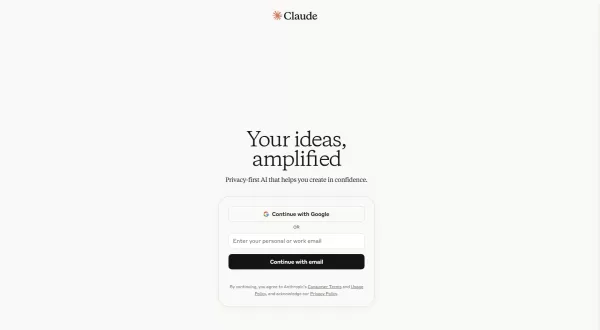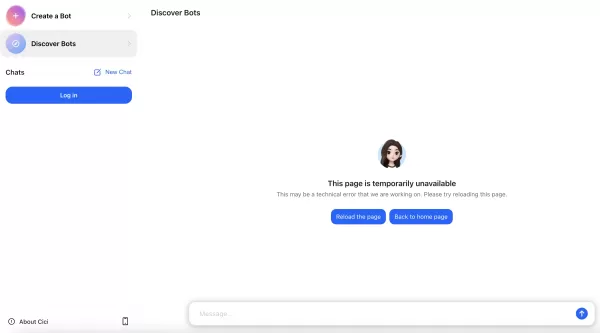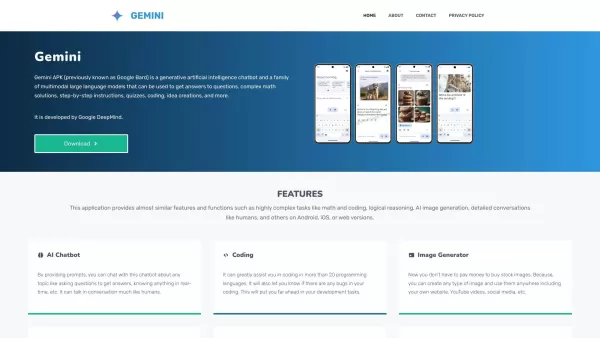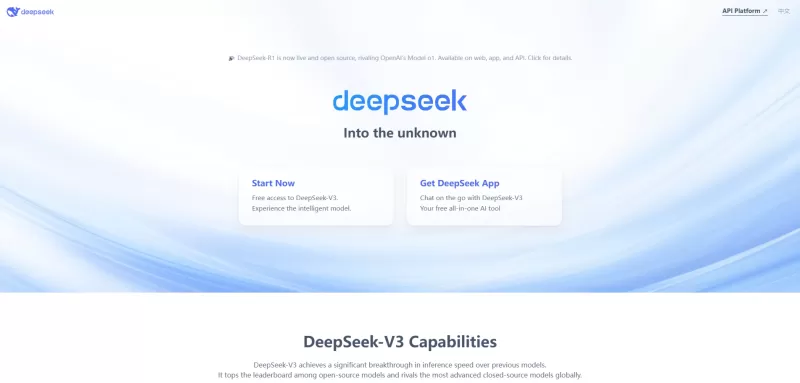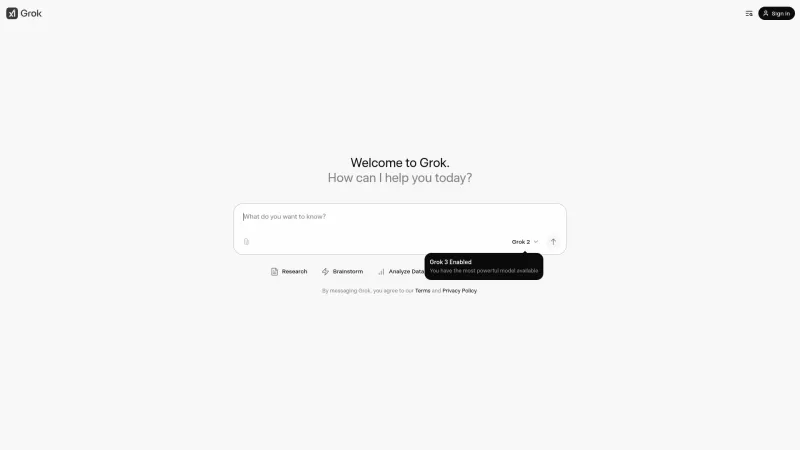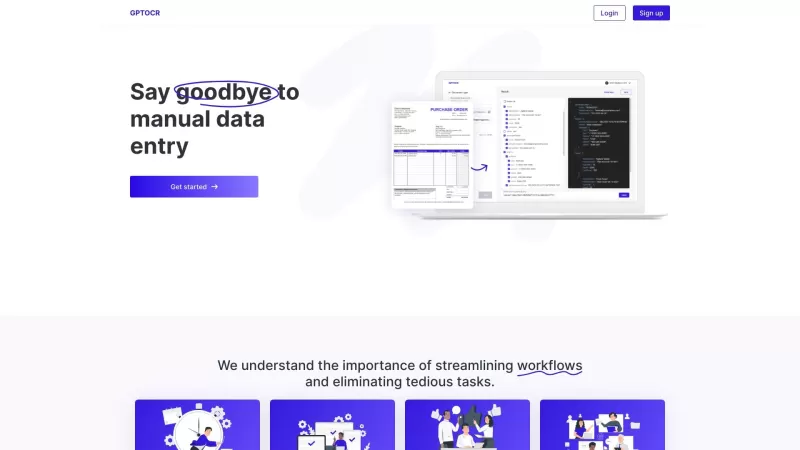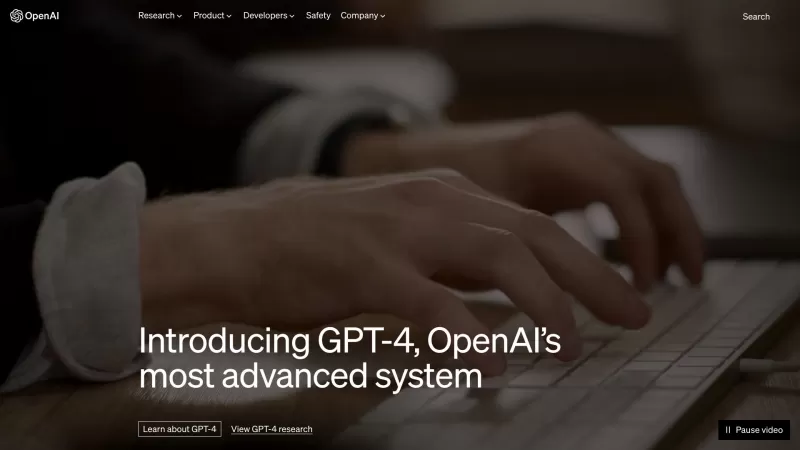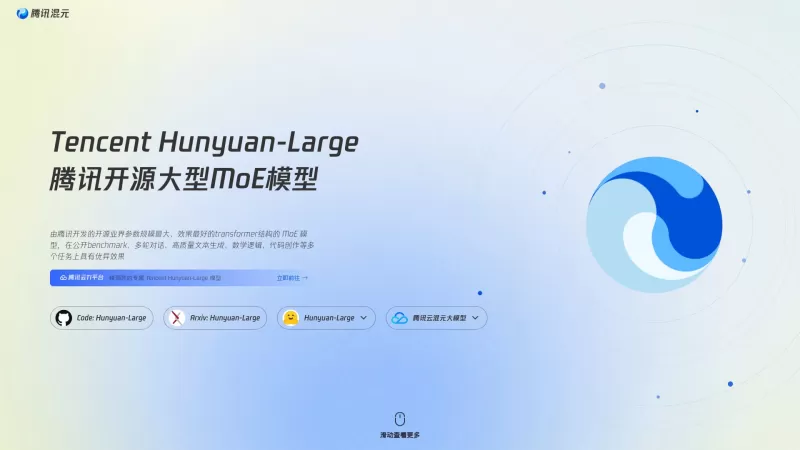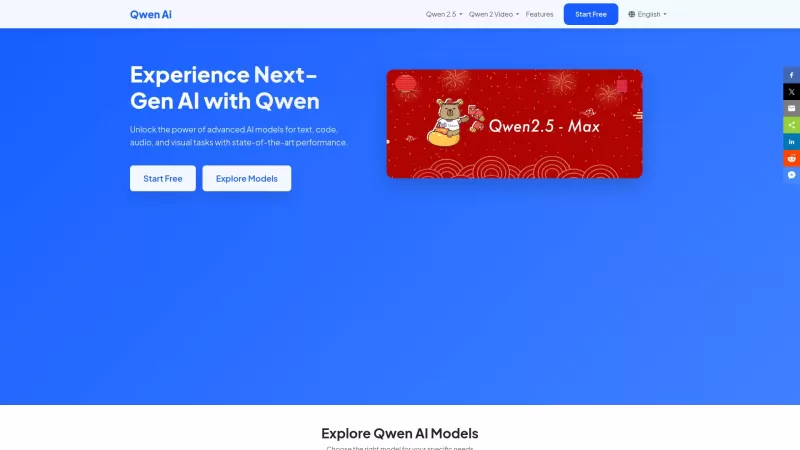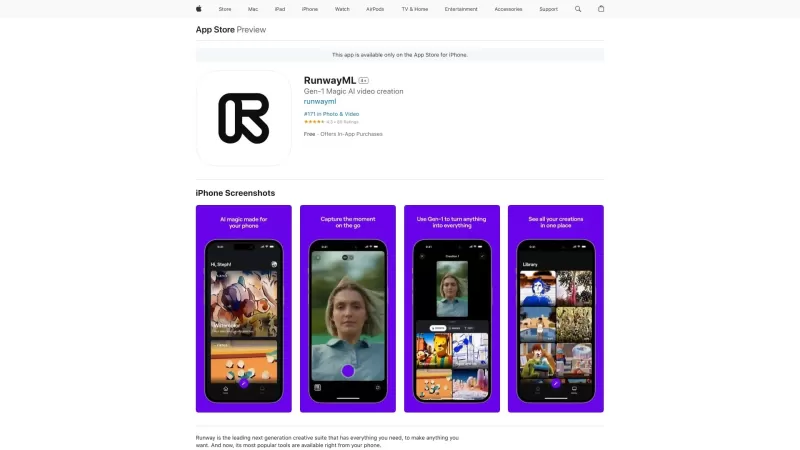Beginner's Guide to Creating 3D Models with AI Technology
The artificial intelligence revolution is transforming creative industries, bringing unprecedented accessibility to professional-quality 3D modeling. This guide demonstrates how anyone can craft custom 3D printable objects using AI-powered solutions, with a focus on MakerLab's innovative PrintMon Maker tool. Discover streamlined workflows that turn abstract ideas into physical creations while examining the broader implications of AI-assisted design.
Key Points
AI democratizes 3D modeling - No specialized training required
PrintMon Maker revolutionizes concept-to-model conversion
Natural language prompts drive intelligent model generation
Customizable outputs enable personalized design exploration
Dramatically accelerates prototyping and creative workflows
Empowers unlimited creative expression through 3D printing
Unlocking 3D Creativity with AI
The Rise of AI in 3D Modeling
Traditional 3D modeling presents significant technical barriers requiring extensive software training. AI solutions like PrintMon Maker revolutionize this process by converting simple descriptions into complex models automatically. These intelligent systems analyze textual and visual inputs to generate production-ready 3D assets, enabling rapid prototyping and making professional modeling accessible to all.

Beyond simplifying workflows, AI modeling tools disrupt conventional creative pipelines across gaming, animation, and industrial design. Perhaps most significantly, they empower non-technical users to materialize concepts that previously required specialized CAD expertise - fundamentally changing who can participate in 3D creation.
Introducing PrintMon Maker: Your AI 3D Modeling Assistant
PrintMon Maker stands out among MakerLab's design tools for its remarkable ability to interpret descriptive language and generate corresponding 3D concepts.
The platform's magic unfolds through an intuitive three-stage process:
- Input descriptive terms visualizing your desired object
- Review AI-generated concept variations
- Refine and optimize your selection for 3D printing
This revolutionary approach bridges imagination and physical reality, eliminating traditional modeling bottlenecks while preserving creative control.
The Potential of AI and Copyright
Copyright Implications for AI-Generated Designs
The legal landscape surrounding AI-assisted creations continues evolving. Current interpretation suggests significant human creative direction may establish copyrightable authorship, though jurisdictional variations exist. Creators should stay informed about developing intellectual property frameworks governing AI-generated content.
Creating Your First AI-Powered 3D Model
Step 1: Accessing MakerLab and PrintMon Maker
Begin your journey at makerworld.com/en/makerlab

Step 2: Inputting Your Design Idea
Enter descriptive keywords visualizing your concept
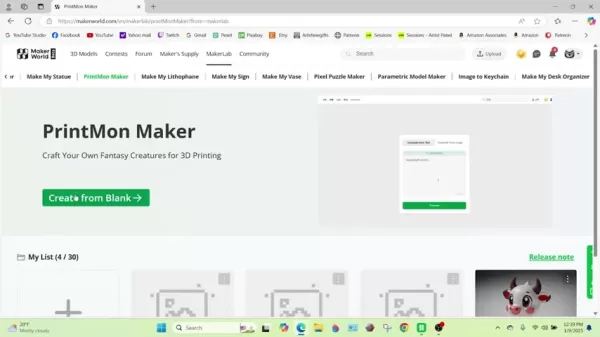
Step 3: Generating Concepts
AI processes your description into multiple design variations

Step 4: Reviewing and Refining the Designs
Evaluate generated concepts and iterate as needed
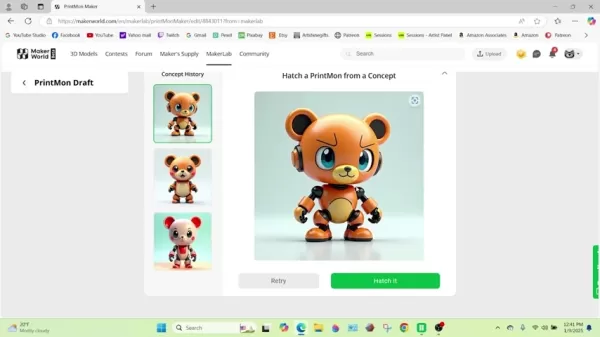
Step 5: Hatching and Customizing Your Model
Finalize your selection and adjust customizable elements
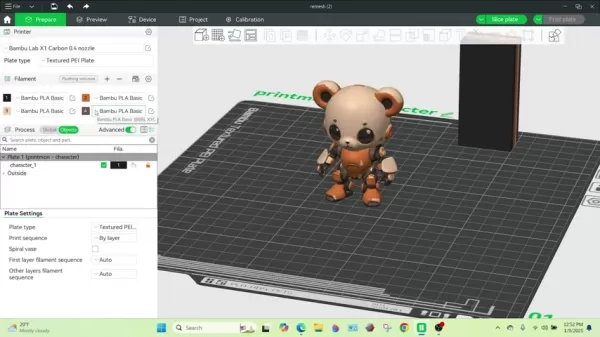
Step 6: Downloading Your 3D Model
Export print-ready files in standard 3D formats

Step 7: Preparing for 3D Printing
Import into slicer software for final print preparation
Step 8: 3D Printing Your AI Creation
Execute your print and behold your physical creation
MakerLab Credit Consumption
Understanding the Cost
PrintMon Maker operates on credit-based system
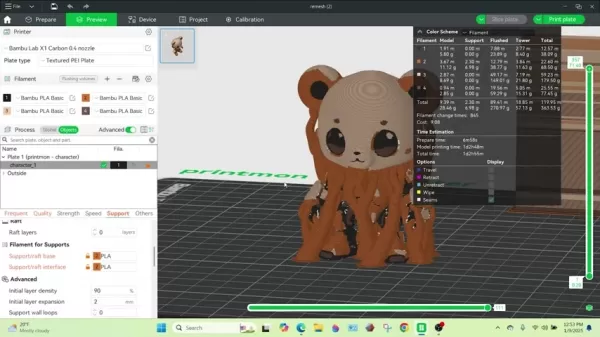
Acquiring More Credits
Additional credits available through MakerLab platform
AI-Powered 3D Modeling: Advantages vs Limitations
Pros
Democratized Design - Lowers technical barriers to 3D creation
Rapid Iteration - Accelerates prototyping cycles exponentially
Budget Friendly - Eliminates costly software investments
Creative Catalyst - Expands design exploration possibilities
Cloud Accessibility - Platform-agnostic web-based solution
Cons
Precision Limitations - May lack professional-grade controls
Output Variability - Results depend on prompt quality
Skill Development - Potentially discourages learning fundamentals
Credit Reliance - Sustained use requires ongoing investment
Legal Uncertainty - Intellectual property frameworks evolving
Key Features of PrintMon Maker
AI-Powered Design Generation
Advanced algorithms transform text into 3D concepts instantly
Customization Options
Tunable parameters allow personalized adjustments
3D Printing Optimization
Automated preparation ensures print-ready outputs
User-Friendly Interface
Intuitive workflows designed for immediate productivity
Use Cases for AI-Generated 3D Models
Personalized Gifts and Decorations
Craft unique sentimental objects with personal meaning
Rapid Prototyping
Accelerate product development cycles dramatically
Educational Projects
Visualize complex concepts across academic disciplines
Artistic Expression
Explore avant-garde forms beyond traditional constraints
Frequently Asked Questions
Is 3D modeling with AI difficult?
AI eliminates complexity - natural language replaces technical skills
What file format does PrintMon Maker export?
Industry-standard STL/OBJ ensures broad compatibility
What factors influence model quality?
Prompt specificity and algorithmic sophistication determine results
Are there design limitations?
Current technology may restrict extreme complexity
Do I need specialized hardware?
Cloud-based processing requires only standard web access
Related Questions
What other AI-powered creative tools exist?
The AI revolution spans visual arts, music composition, and content creation - expanding possibilities across creative disciplines while raising important questions about authenticity and authorship.
Related article
 ChatGPT adds meeting recording and Google Drive, Box integration
OpenAI's ChatGPT rolls out enhanced enterprise features, offering seamless cloud service integrations, meeting transcription capabilities, and MCP connectivity for in-depth research workflows.The update introduces native connectors for Dropbox, Box,
ChatGPT adds meeting recording and Google Drive, Box integration
OpenAI's ChatGPT rolls out enhanced enterprise features, offering seamless cloud service integrations, meeting transcription capabilities, and MCP connectivity for in-depth research workflows.The update introduces native connectors for Dropbox, Box,
 Apple Opens Key iOS Features to Third-Party Devices
The European Union has issued precise specifications detailing Apple's required improvements to iOS interoperability, with the guidelines clarifying which functionalities may become accessible to competing smartwatches, headphones, and speakers.
The
Apple Opens Key iOS Features to Third-Party Devices
The European Union has issued precise specifications detailing Apple's required improvements to iOS interoperability, with the guidelines clarifying which functionalities may become accessible to competing smartwatches, headphones, and speakers.
The
 Google CEO Sundar Pichai Highlights AI's Broad Business Impact
Google's strategic focus on AI continues to drive strong financial performance, as evidenced by Alphabet's Q2 2025 earnings report. CEO Sundar Pichai highlighted how AI technologies are transforming all business segments, with features like AI Overvi
Comments (0)
0/200
Google CEO Sundar Pichai Highlights AI's Broad Business Impact
Google's strategic focus on AI continues to drive strong financial performance, as evidenced by Alphabet's Q2 2025 earnings report. CEO Sundar Pichai highlighted how AI technologies are transforming all business segments, with features like AI Overvi
Comments (0)
0/200
The artificial intelligence revolution is transforming creative industries, bringing unprecedented accessibility to professional-quality 3D modeling. This guide demonstrates how anyone can craft custom 3D printable objects using AI-powered solutions, with a focus on MakerLab's innovative PrintMon Maker tool. Discover streamlined workflows that turn abstract ideas into physical creations while examining the broader implications of AI-assisted design.
Key Points
AI democratizes 3D modeling - No specialized training required
PrintMon Maker revolutionizes concept-to-model conversion
Natural language prompts drive intelligent model generation
Customizable outputs enable personalized design exploration
Dramatically accelerates prototyping and creative workflows
Empowers unlimited creative expression through 3D printing
Unlocking 3D Creativity with AI
The Rise of AI in 3D Modeling
Traditional 3D modeling presents significant technical barriers requiring extensive software training. AI solutions like PrintMon Maker revolutionize this process by converting simple descriptions into complex models automatically. These intelligent systems analyze textual and visual inputs to generate production-ready 3D assets, enabling rapid prototyping and making professional modeling accessible to all.

Beyond simplifying workflows, AI modeling tools disrupt conventional creative pipelines across gaming, animation, and industrial design. Perhaps most significantly, they empower non-technical users to materialize concepts that previously required specialized CAD expertise - fundamentally changing who can participate in 3D creation.
Introducing PrintMon Maker: Your AI 3D Modeling Assistant
PrintMon Maker stands out among MakerLab's design tools for its remarkable ability to interpret descriptive language and generate corresponding 3D concepts.
The platform's magic unfolds through an intuitive three-stage process:
- Input descriptive terms visualizing your desired object
- Review AI-generated concept variations
- Refine and optimize your selection for 3D printing
This revolutionary approach bridges imagination and physical reality, eliminating traditional modeling bottlenecks while preserving creative control.
The Potential of AI and Copyright
Copyright Implications for AI-Generated Designs
The legal landscape surrounding AI-assisted creations continues evolving. Current interpretation suggests significant human creative direction may establish copyrightable authorship, though jurisdictional variations exist. Creators should stay informed about developing intellectual property frameworks governing AI-generated content.
Creating Your First AI-Powered 3D Model
Step 1: Accessing MakerLab and PrintMon Maker
Begin your journey at makerworld.com/en/makerlab

Step 2: Inputting Your Design Idea
Enter descriptive keywords visualizing your concept

Step 3: Generating Concepts
AI processes your description into multiple design variations

Step 4: Reviewing and Refining the Designs
Evaluate generated concepts and iterate as needed

Step 5: Hatching and Customizing Your Model
Finalize your selection and adjust customizable elements

Step 6: Downloading Your 3D Model
Export print-ready files in standard 3D formats

Step 7: Preparing for 3D Printing
Import into slicer software for final print preparation
Step 8: 3D Printing Your AI Creation
Execute your print and behold your physical creation
MakerLab Credit Consumption
Understanding the Cost
PrintMon Maker operates on credit-based system

Acquiring More Credits
Additional credits available through MakerLab platform
AI-Powered 3D Modeling: Advantages vs Limitations
Pros
Democratized Design - Lowers technical barriers to 3D creation
Rapid Iteration - Accelerates prototyping cycles exponentially
Budget Friendly - Eliminates costly software investments
Creative Catalyst - Expands design exploration possibilities
Cloud Accessibility - Platform-agnostic web-based solution
Cons
Precision Limitations - May lack professional-grade controls
Output Variability - Results depend on prompt quality
Skill Development - Potentially discourages learning fundamentals
Credit Reliance - Sustained use requires ongoing investment
Legal Uncertainty - Intellectual property frameworks evolving
Key Features of PrintMon Maker
AI-Powered Design Generation
Advanced algorithms transform text into 3D concepts instantly
Customization Options
Tunable parameters allow personalized adjustments
3D Printing Optimization
Automated preparation ensures print-ready outputs
User-Friendly Interface
Intuitive workflows designed for immediate productivity
Use Cases for AI-Generated 3D Models
Personalized Gifts and Decorations
Craft unique sentimental objects with personal meaning
Rapid Prototyping
Accelerate product development cycles dramatically
Educational Projects
Visualize complex concepts across academic disciplines
Artistic Expression
Explore avant-garde forms beyond traditional constraints
Frequently Asked Questions
Is 3D modeling with AI difficult?
AI eliminates complexity - natural language replaces technical skills
What file format does PrintMon Maker export?
Industry-standard STL/OBJ ensures broad compatibility
What factors influence model quality?
Prompt specificity and algorithmic sophistication determine results
Are there design limitations?
Current technology may restrict extreme complexity
Do I need specialized hardware?
Cloud-based processing requires only standard web access
Related Questions
What other AI-powered creative tools exist?
The AI revolution spans visual arts, music composition, and content creation - expanding possibilities across creative disciplines while raising important questions about authenticity and authorship.
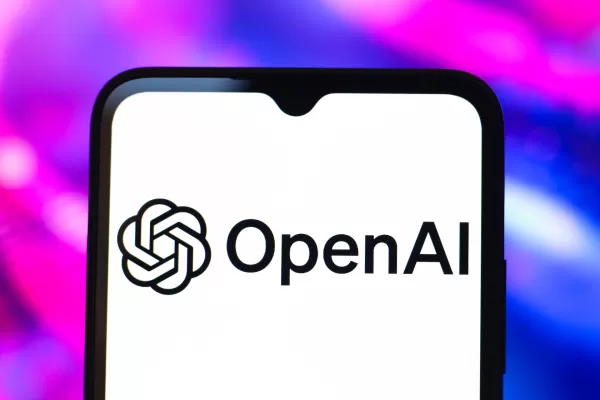 ChatGPT adds meeting recording and Google Drive, Box integration
OpenAI's ChatGPT rolls out enhanced enterprise features, offering seamless cloud service integrations, meeting transcription capabilities, and MCP connectivity for in-depth research workflows.The update introduces native connectors for Dropbox, Box,
ChatGPT adds meeting recording and Google Drive, Box integration
OpenAI's ChatGPT rolls out enhanced enterprise features, offering seamless cloud service integrations, meeting transcription capabilities, and MCP connectivity for in-depth research workflows.The update introduces native connectors for Dropbox, Box,
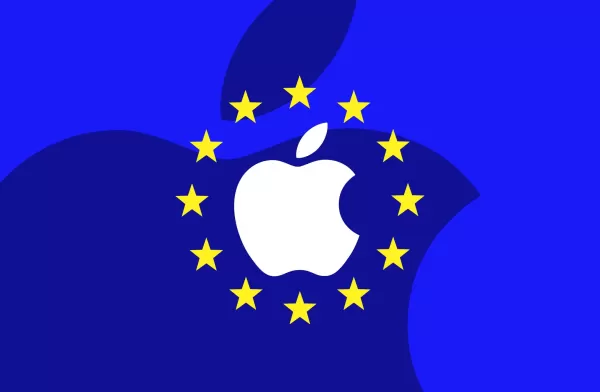 Apple Opens Key iOS Features to Third-Party Devices
The European Union has issued precise specifications detailing Apple's required improvements to iOS interoperability, with the guidelines clarifying which functionalities may become accessible to competing smartwatches, headphones, and speakers.
The
Apple Opens Key iOS Features to Third-Party Devices
The European Union has issued precise specifications detailing Apple's required improvements to iOS interoperability, with the guidelines clarifying which functionalities may become accessible to competing smartwatches, headphones, and speakers.
The
 Google CEO Sundar Pichai Highlights AI's Broad Business Impact
Google's strategic focus on AI continues to drive strong financial performance, as evidenced by Alphabet's Q2 2025 earnings report. CEO Sundar Pichai highlighted how AI technologies are transforming all business segments, with features like AI Overvi
Google CEO Sundar Pichai Highlights AI's Broad Business Impact
Google's strategic focus on AI continues to drive strong financial performance, as evidenced by Alphabet's Q2 2025 earnings report. CEO Sundar Pichai highlighted how AI technologies are transforming all business segments, with features like AI Overvi
